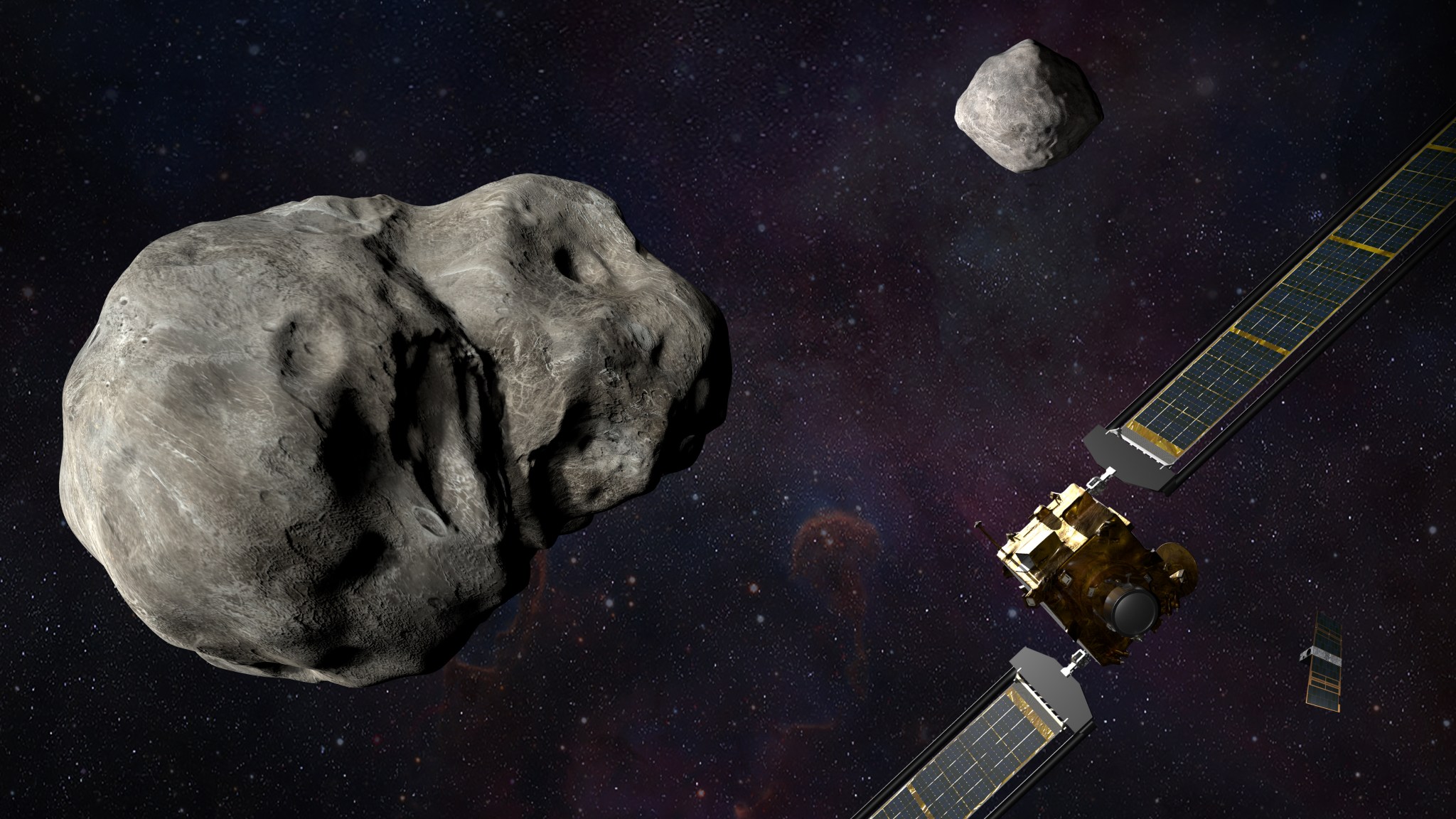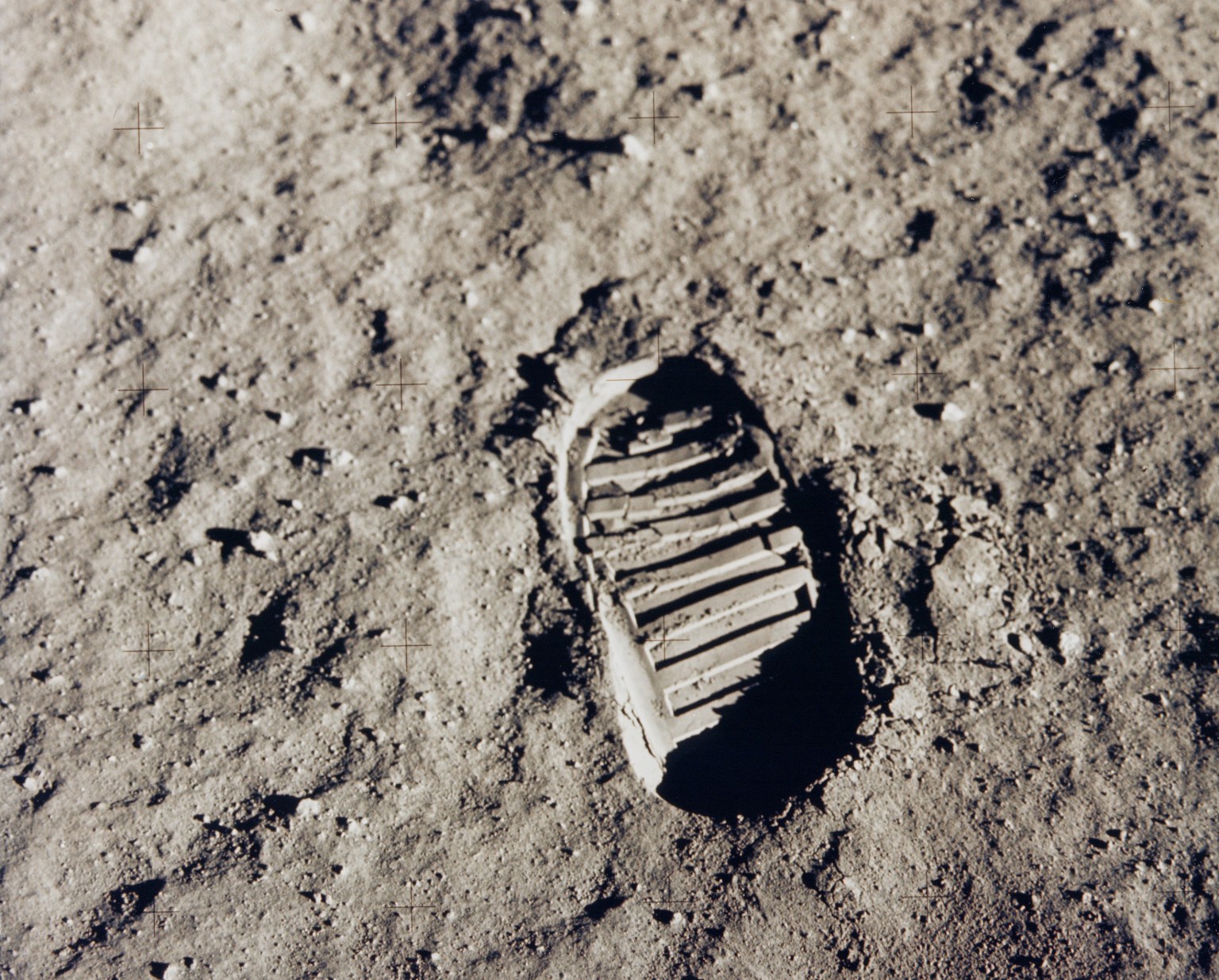The Double Asteroid Redirection Test (DART), NASA’s first flight demonstration for planetary defense, seeks to test and validate a method to protect Earth in case of an asteroid impact threat. The mission aims to shift an asteroid’s orbit through kinetic impact – specifically, by impacting a spacecraft into the smaller member of the binary asteroid system Didymos to change its orbital speed. At the request of Science Mission Directorate (SMD) senior leadership, a risk assessment was performed on the DART project schedule to determine the viability of the primary (July 21, 2021 to August 24, 2021) and secondary (November 24, 2021 to February 15, 2022) launch periods. Based on the results of this assessment, SMD determined the primary launch period is no longer viable and has directed the DART project pursue their secondary launch window. The DART project is currently working with SpaceX and NASA’s Launch Services Program (LSP) to identify the earliest possible launch opportunity within this secondary window.
This decision, in part, stems from technical challenges associated with two mission critical components: the Didymos Reconnaissance and Asteroid Camera for Optical-navigation (DRACO) imager, which needs to be reinforced to ensure it withstands the stress of launch, and the roll-out solar arrays (ROSA), which are delayed due to supply chain impacts resulting from, but not limited to, the COVID-19 pandemic.
“At NASA, mission success and safety are of the utmost importance, and after a careful risk assessment, it became clear DART could not feasibly and safely launch within the primary launch window,” said Thomas Zurbuchen, associate administrator for the Science Mission Directorate at NASA Headquarters in Washington. “To ensure DART is poised for mission success, NASA directed the team pursue the earliest possible launch opportunity during the secondary launch window to allow more time for DRACO testing and delivery of ROSA, and provide a safe working environment through the COVID-19 pandemic.”
This change reflects NASA’s priority for both mission success and personnel health and safety, which are paramount for all NASA missions. While COVID-19 was not the sole factor for this delay, it has been a significant and critically contributing factor for multiple issues. Testing equipment before launch is a crucial step in all missions to ensure mission success, and project teams build time into processing schedules to accommodate for potential delays.
DART will still arrive at the Didymos binary asteroid system within a few days of the originally scheduled impact date of September 30, 2022 and will carry out its kinetic impact test on the moonlet Dimorphos as planned.

































